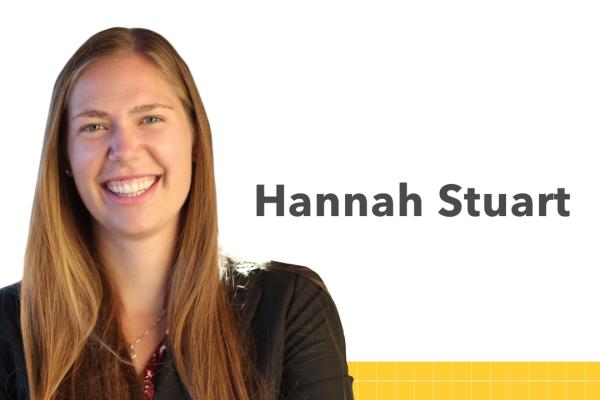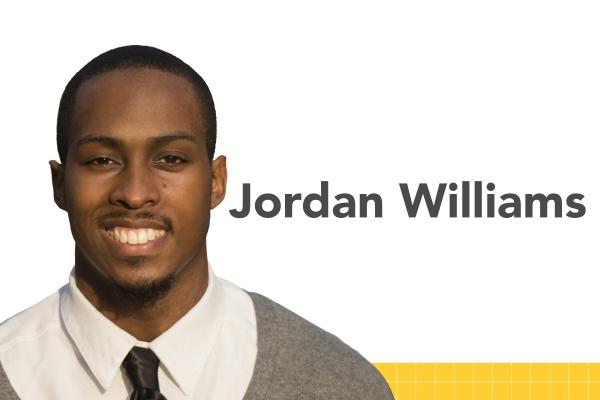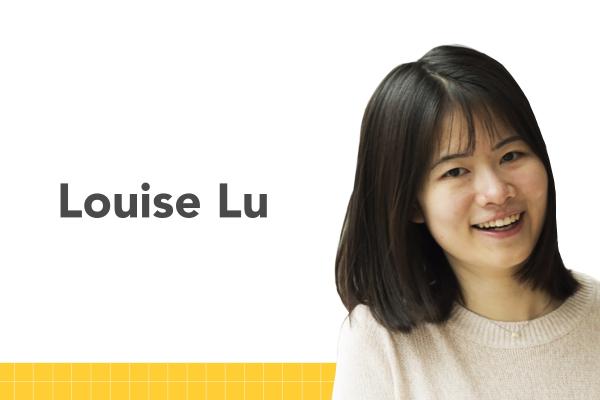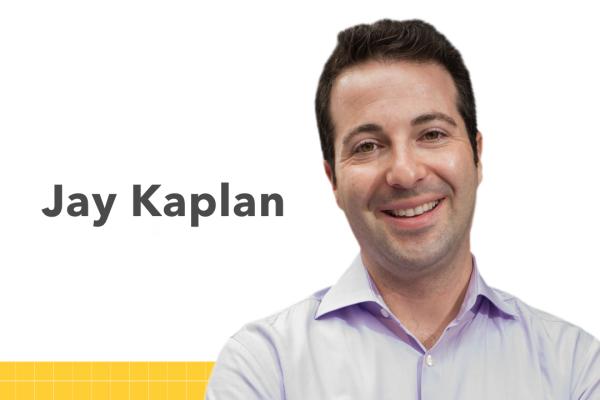Recent Graduates
As an undergraduate, she took full advantage of the opportunities that SEAS and GW offer. Hannah earned a National Science Foundation International Research Experience for Students award and spent a summer conducting fuel cell research at Beijing Jiaotong University. She later entered her research in the SEAS Research & Development Showcase, winning the Best Undergraduate Poster prize that year.
During her senior year, she was part of a team of SEAS undergraduates who won one of the coveted spots in NASA’s Microgravity University Program and had the chance to conduct experiments aboard the “Weightless Wonder,” NASA’s reduced gravity aircraft. After finishing their flights, Hannah Stuart posted this note on the team's Facebook page: "Flying is awesome!!! . . . Our team was energetic and robust throughout both flights. . .We had the time of our lives--gravity is overrated."
Hannah came to GW after being recruited to play varsity volleyball. Although balancing her busy practice and game schedule with a rigorous engineering course load was a challenge, she says she cannot imagine her SEAS experience without volleyball.
"I think playing volleyball enhanced my academic experience," said Hannah. "College athletics really increased my confidence level and made me excel at both [athletics and academics]."
Jordan Williams has been playing piano since he was seven and performing since he was 11. He is a jazz musician who didn’t want to have to abandon his music when he started college but didn’t want to major in it either. He wanted to study engineering instead. At GW, he found his opportunity to be both an engineer and a musician.
“I received a GW Presidential Scholarship in the Arts, which gave me the opportunity to minor in music, instead of majoring in it, so I could major in what I wanted,” Jordan explains. “That’s one of the things that definitely attracted me to GW.”
Jordan decided to study biomedical engineering because he thought it would give him “the most direct way to help people.” Wanting to pursue his major beyond the classroom, he took a volunteer summer internship at the Veterans’ Administration (VA) Medical Center in Philadelphia after his sophomore year. At the VA Center, he assisted biotechnicians in the lab and learned how to troubleshoot and calibrate some of the lab’s equipment.
The summer after his junior year, he participated in the SEAS Summer Undergraduate Program in Engineering Research, helping run simulation experiments in Dr. Michael Plesniak’s Bio-fluid Dynamics Lab.
Jordan also was involved in outside activities such as National Society of Black Engineers initiatives and, most especially, a variety of music programs and performances.
His junior year, he was one of 24 young musicians invited to participate in a two-week international jazz residency at the Kennedy Center. The program included master classes taught by some of the world’s top jazz musicians, and the chance to have some of his original compositions critiqued by them. At the end of the program, Jordan and the other young musicians gave performances at both the Kennedy Center and the Apollo Theater. The chance to learn from some of the artists he grew up listening to was a dream come true for him.
In 2011, when Louise Lu was a high school student, she and her family immigrated to the U.S. and settled in Northern Virginia. Just two years later, Louise had to start looking for her next new home when she began her search for a college. Her search ended at GW.
The summer after her freshman year, Louise took an internship with SK&A Structural Engineers here in D.C. During her sophomore year, she completed a semester of study abroad at Korea University (KU) and followed that up with a research internship assisting with a vibration control project at a KU lab. That was a turning point for Louise.
“GW helped me to land on that experience at KU, and that was my first research experience,” says Louise. “I changed my whole point of view after that, and now most of my experience is in research.”
Louise says that her summer research at KU taught her how to think as an academic researcher and helped inspire her to focus on structural engineering. So, when she received a prestigious fellowship the following summer from the National Science Foundation’s Undergraduate Research Fellows program, she decided to undertake structural computation research at the University of Southern California.
Louise’s curiosity pushed her beyond that research field, too. During her time at SEAS, she also worked in two other labs in the Department of Civil and Environmental Engineering. In Dr. Danmeng Shuai’s environmental engineering lab, she learned about wastewater treatment technology, and in Dr. Samer Hamdar’s Center for Intelligent Systems Research Lab she worked to construct a laboratory-scale autonomous electric vehicle.
During her time at SEAS, Louise also served as a teaching assistant for two undergraduate courses and was involved in the Women’s Leadership Program, the Global China Connection, and GW’s student chapter of the American Society of Civil Engineers.
Jay Kaplan is a born entrepreneur. By age 13, he had started his first company—a technology-based company—and by his freshman year at SEAS, he had sold the company.
At SEAS, Jay concentrated on learning the fundamentals of computer science and cybersecurity. He was accepted to several colleges but chose SEAS, because it was one of a handful of schools across the US that had been designated by the National Security Agency (NSA) as a Center of Academic Excellence in Cybersecurity.
After graduating and working for the National Security Agency (NSA) for three years, Jay and his colleague Mark Kuhr founded the start-up company Synack. Their innovative model to bring NSA expertise to the commercial sector immediately began attracting renowned Silicon Valley investors and the interest of large enterprises. On top of all of this, CNBC named Synack one of the top 50 most disruptive companies in the U.S., and Forbes magazine named Jay to its “30 Under 30” list for 2015





